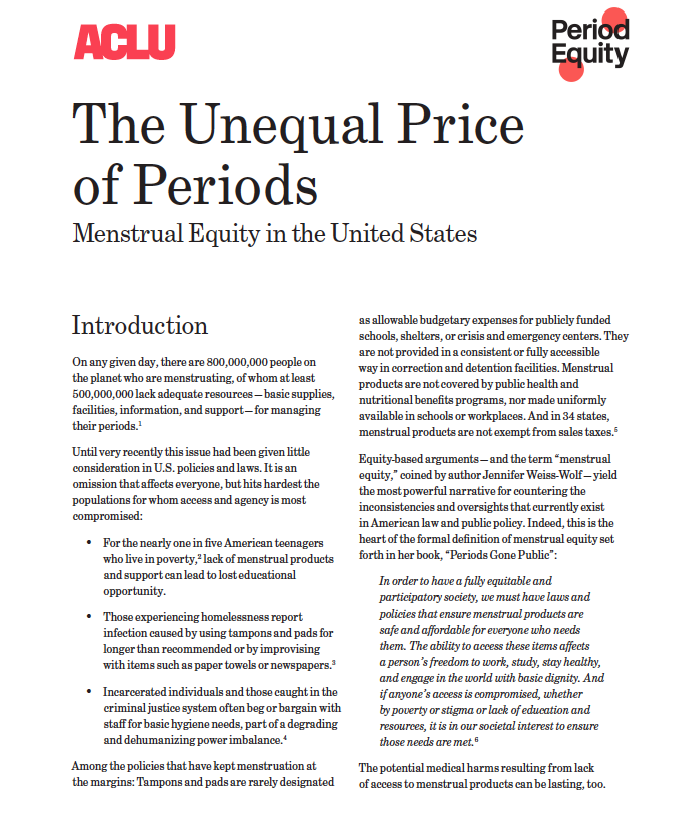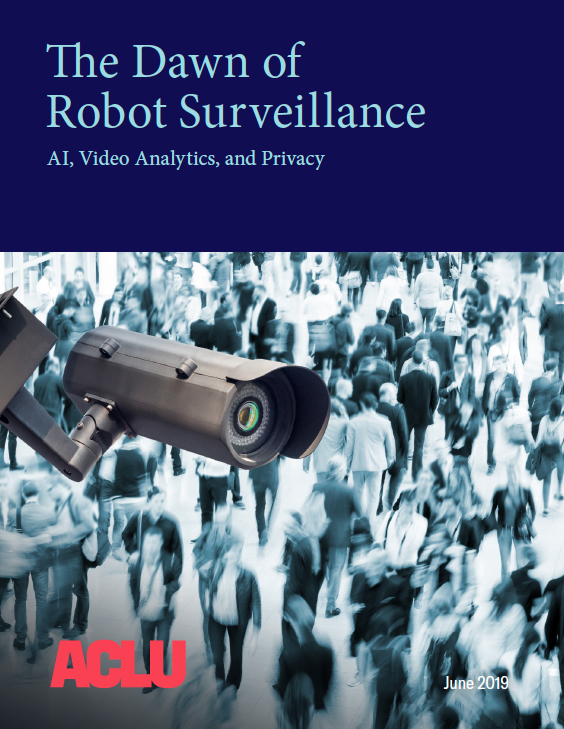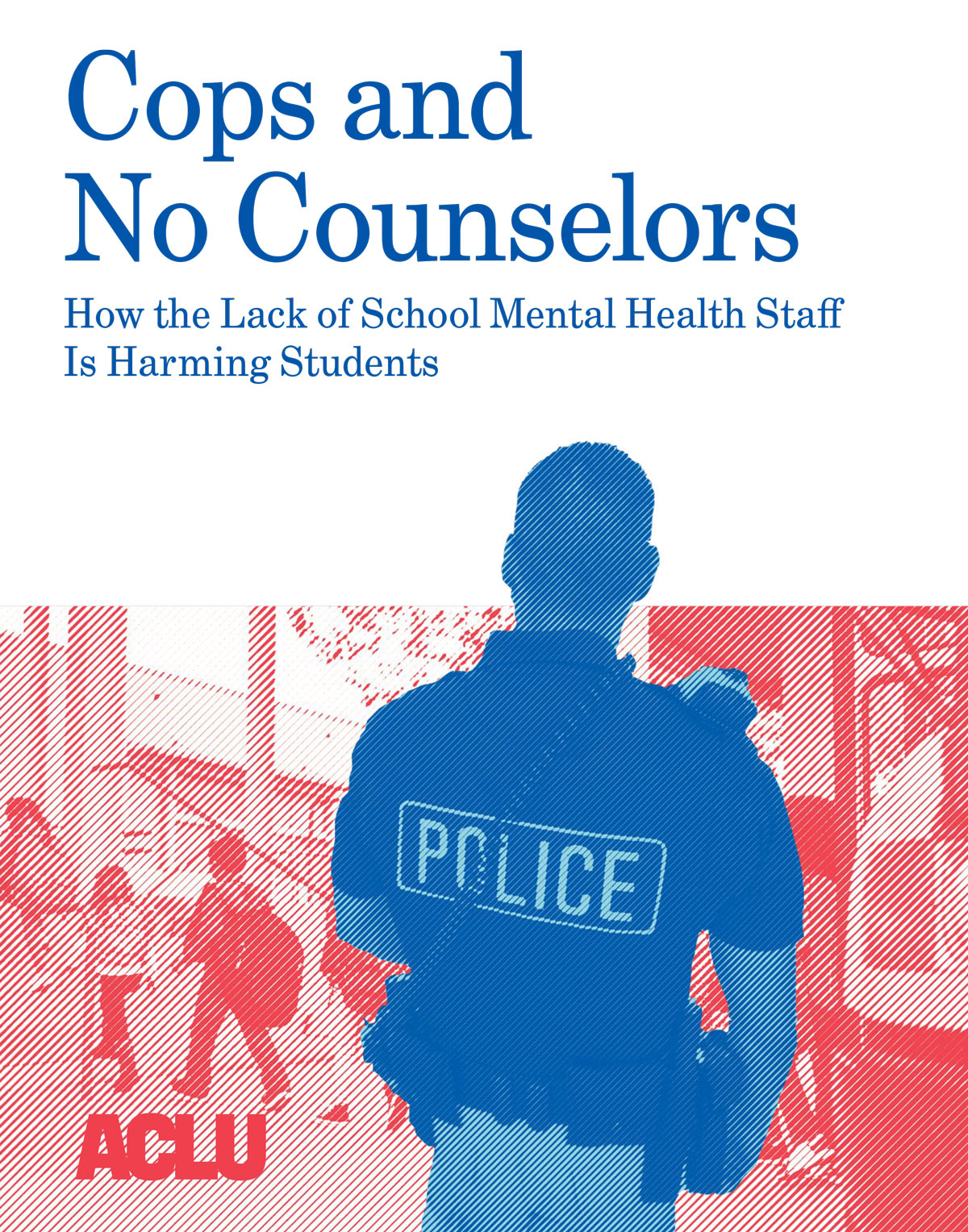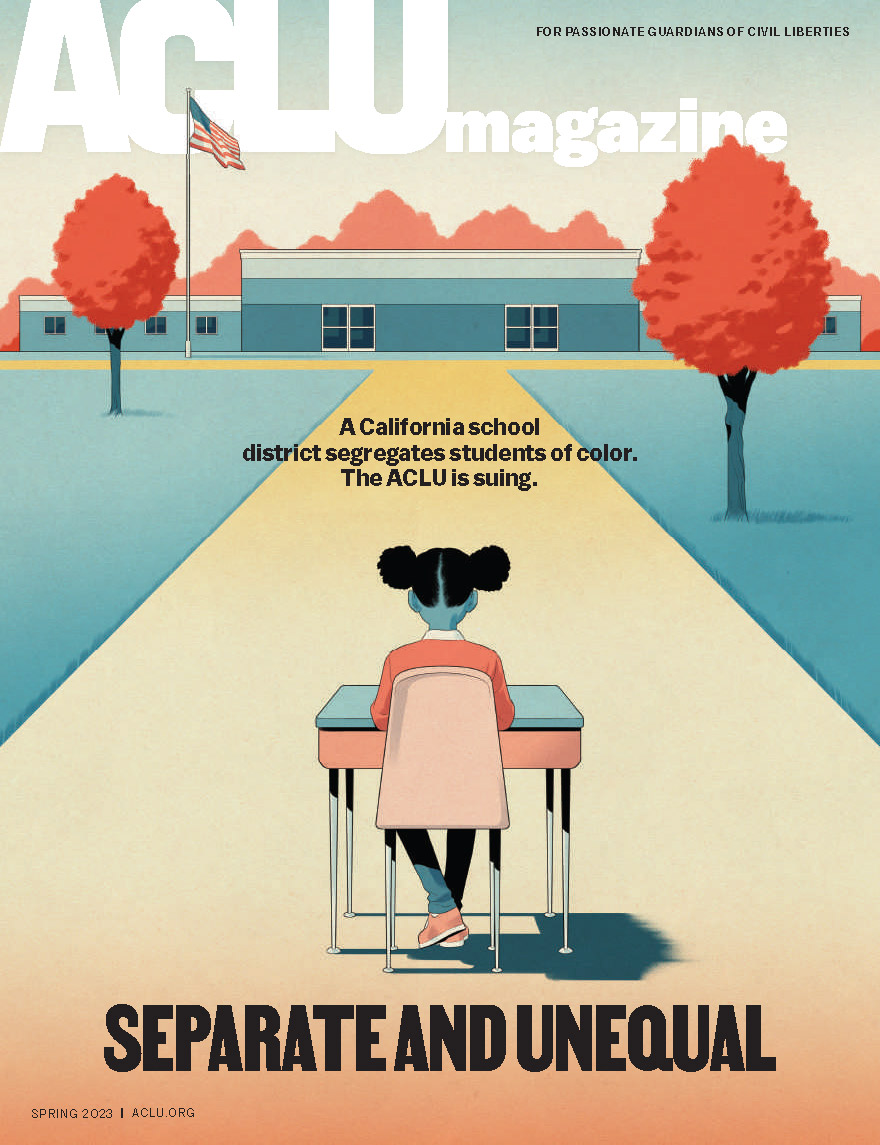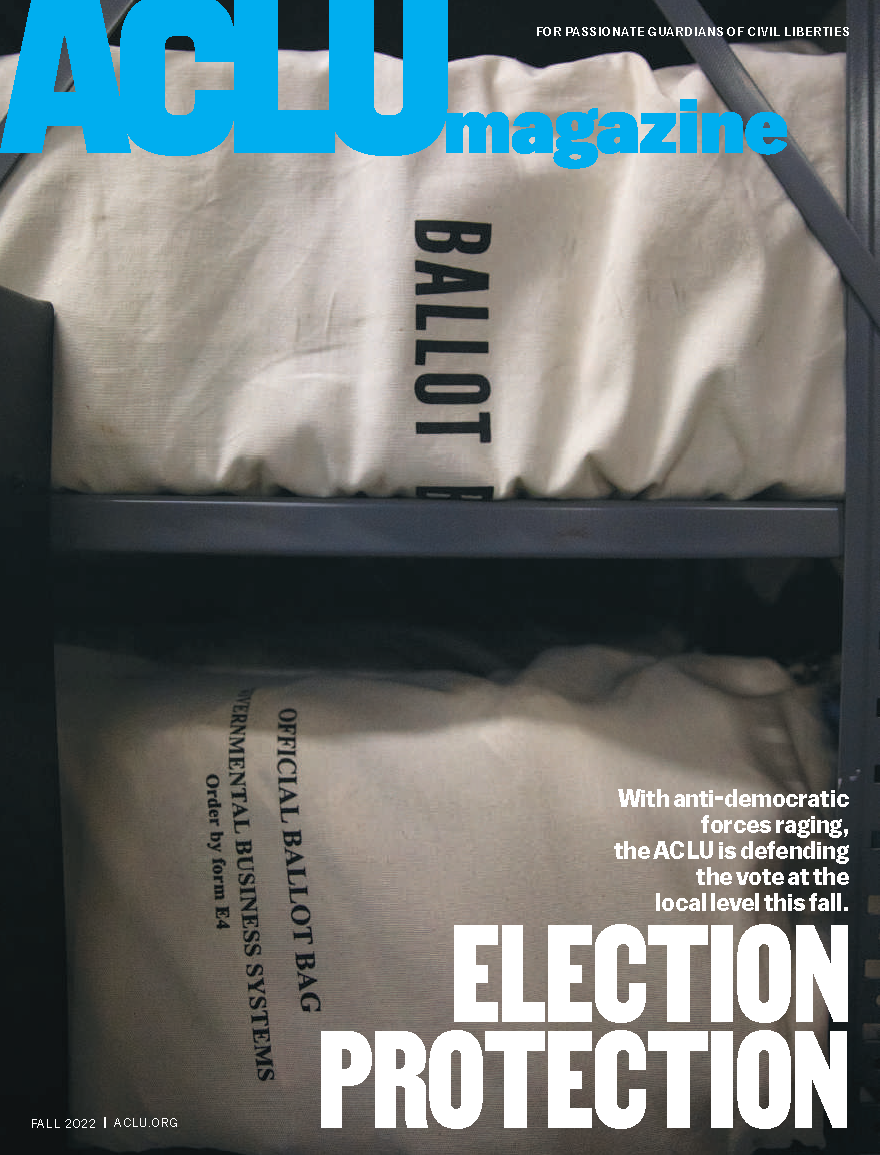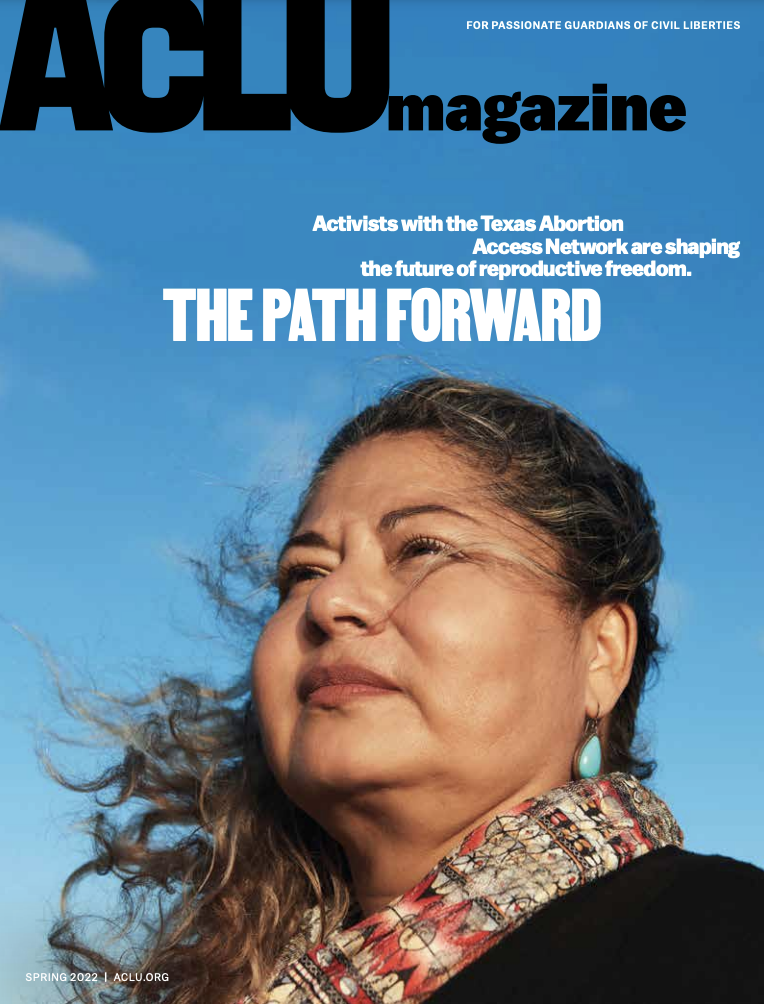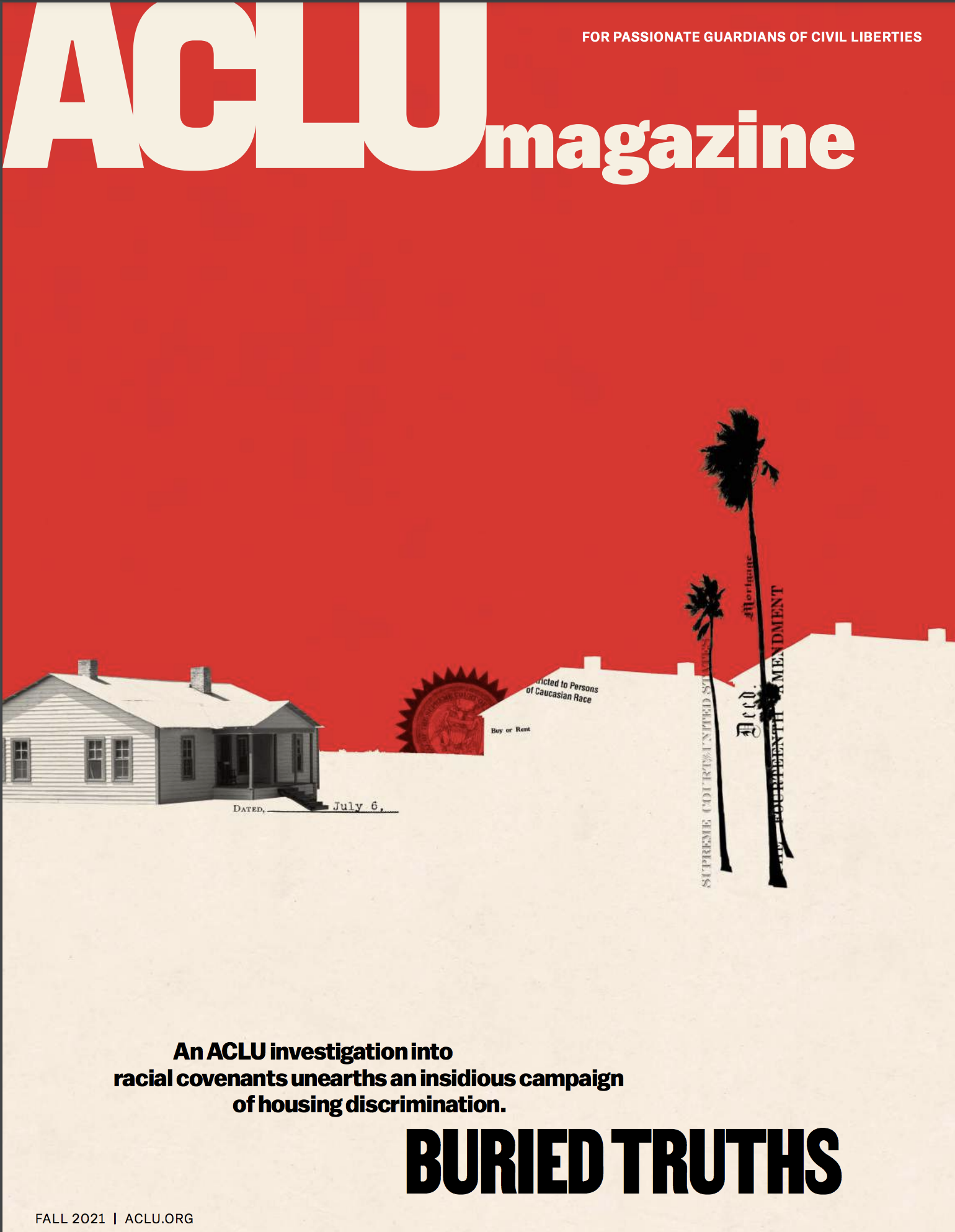Research & Publications
Access in-depth resources and analysis published by the ACLU regarding our most pressing civil liberties issues.
All Publications
Search will open in a new tab using DuckDuckGo
The Unequal Price of Periods
Access to menstrual products is a dignity and equity issue, but every day people across the United States are unable to access the menstrual products they need. Local, state, and federal government policies cause or exacerbate inequitable access by imposing sales taxes on menstrual products, refusing to provide products in institutions of incarceration such as prisons and jails, exempting menstrual products from public health benefits programs, and not making products uniformly available in public schools and homeless shelters.
This issue brief from the ACLU and Period Equity provides an overview of the issue of menstrual equity in the U.S. It demonstrates the inequities of access to menstrual products, specifically for those living in poverty and those who are incarcerated, and documents the damaging medical and emotional consequences of this lack of access. The brief also reviews current law, including a detailed state-by-state accounting of menstrual equity legislation. Lastly, the brief provides recommendations for improving menstrual equity in the U.S. This brief is part of a broader effort from the ACLU and Period Equity to advance menstrual equity legislation. For specific advocacy tools and resources, see the ACLU and Period Equity’s Menstrual Equity Toolkit.
Worse Than Second-Class: Solitary Confinement of Women in the United States
This report provides an updated look on women held in solitary confinement in the United States. Since the ACLU published its first report on women in solitary in 2014, some things have changed —but many things have not. More attention has been placed on women in prison and on solitary confinement in general, but still, little attention has been paid to the specific plight of women in solitary confinement. Vulnerable populations, including pregnant people and women with mental illness, are still being placed into solitary confinement, and not enough is being done to enforce limitations on such placements.
This current report provides facts and data about women in solitary confinement in general, as well as specific populations of women who are especially vulnerable to the harms of solitary confinement, including girls, older women, transgender women, and women in immigrant detention. We also share insights from interviews with three survivors of solitary confinement and a clinical social worker about the experiences and impact of solitary confinement. Finally, the report includes both “reasons to hope”—reforms that have limited the use of solitary confinement in the United States—and recommendations for what must be done to continue combating this urgent, pervasive problem. It is critical to address the treatment of women in prison— especially those women subjected to the social and sensory deprivation of solitary confinement.
District Attorney Jackie Lacey’s Shameful Death Penalty Record New Report Shows LA County is a Top Driver of Death Sentences Nationwide
A new ACLU report reveals troubling racial bias, unfairness, and overuse of the death penalty in Los Angeles under District Attorney Jackie Lacey’s watch. In March of 2019, California Governor Gavin Newsom issued a moratorium on the death penalty, putting a halt to all executions under his watch.
Los Angeles voters have repeatedly rejected the death penalty at the ballot box, yet District Attorney Jackie Lacey has continued to seek the death penalty in capital trials. During her almost seven-year tenure as District Attorney of the county, Jackie Lacey has sent 22 people to death row. These sentences have been characterized by racial bias — every single one of the 22 people was a person of color — as well as serious concerns regarding the quality of lawyers who represented defendants who couldn’t afford private counsel. Out of the 22 cases, nine defendants had lawyers who were previously or subsequently disbarred, suspended or charged with misconduct. A tenth defendant had a lawyer who repeatedly fell asleep through his trial.
Nationwide, we know that the death penalty is racially biased, error-prone and used to punish those with the worst lawyers, not the people who committed the worst crimes. The data from Los Angeles shows that far from an exception, Los Angeles, the nation’s leader in generating death sentences, is a major contributor to the unfair and discriminatory application of the death penalty.
It is long past time for Los Angeles to break from its pattern of using this unfair and discriminatory punishment. Take action today to stop DA Lacey from seeking the death penalty by signing the petition.
The Dawn of Robot Surveillance
Imagine a surveillance camera in a typical convenience store in the 1980s. That camera was big and expensive, and connected by a wire running through the wall to a VCR sitting in a back room. There have been significant advances in camera technology in the ensuing decades — in resolution, digitization, storage, and wireless transmission — and cameras have become cheaper and far more prevalent. Still, for all those advances, the social implications of being recorded have not changed: when we walk into a store, we generally expect that the presence of cameras won’t affect us. We expect that our movements will be recorded, and we might feel self-conscious if we notice a camera, especially if we’re doing anything that we feel might attract attention. But unless something dramatic occurs, we generally understand that the videos in which we appear are unlikely to be scrutinized or monitored. All that is about to change.
Today’s capture-and-store video systems are starting to be augmented with active monitoring technology known variously as “video analytics,” “intelligent video analytics,” or “video content analysis.” The goal of this technology is to allow computers not just to record but also to understand the objects and actions that a camera is capturing. This can be used to alert the authorities when something or someone deemed “suspicious” is detected, or to collect detailed information about video subjects for security or marketing purposes. Behind all the dumb video camera “eyes” that record us will increasingly lie ever-smarter “brains” that will be monitoring us. As we will see, technologists are working on teaching computers to do that monitoring in remarkable ways across a broad variety of dimensions.
Cops and No Counselors
The U.S. Department of Education recently required every public school to report the number of social workers, nurses, and psychologists employed for the first time in history. Data about school counselors had been required previously, but this report provides the first state-level student-to-staff ratio comparison for these other school-based mental health personnel, along with school counselors. It reviews state-level student-to-school-based mental health personnel ratios as well as data concerning law enforcement in schools. The report also reviews school arrests and referrals to law enforcement data, with particular attention to disparities by race and disability status. A key finding of the report is that schools are under-resourced and students are overcriminalized.
ACLU Magazine
Published twice a year, ACLU Magazine shares updates on the ACLU’s critical litigation and advocacy work across the country and tells the stories of the activists, attorneys, and clients at the heart of each case and campaign. To receive ACLU Magazine by mail, become a monthly donor today.
Stay Informed
Sign up to be the first to hear about how to take action.

